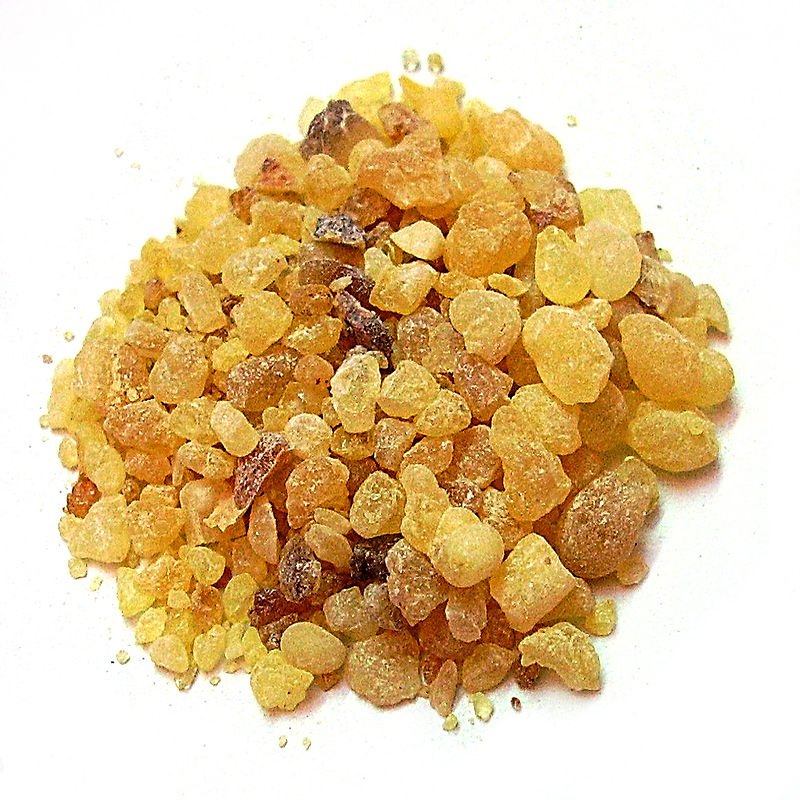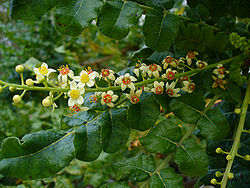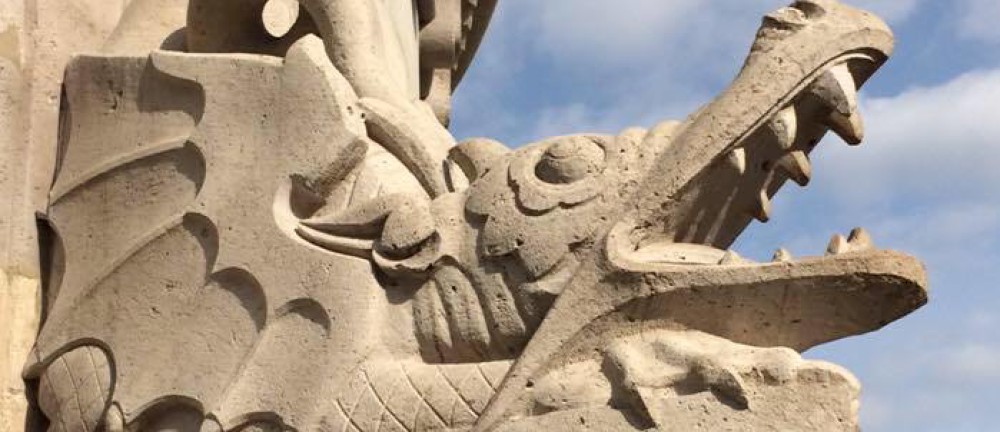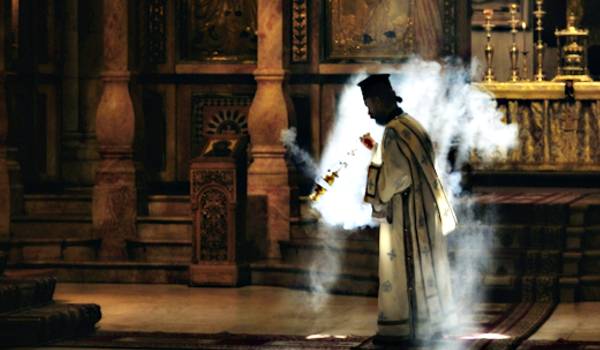
“Olibanum resin” by Peter Presslein – photo taken by Peter Presslein. Licensed under CC BY-SA 3.0 via Commons – https://commons.wikimedia.org/wiki/File:Olibanum_resin.jpg#/media/File:Olibanum_resin.j
Frankincense, recognized as one of the gifts — together with gold and myrrh — that the Magi brought to the Christ Child, is derived from the resin of certain kinds of trees that grow in the Middle East and Africa. Called “frankincense” because the Franks had a near-monopoly on importing it into Western Europe during the Middle Ages, it has always been the one of the most precious (i.e. expensive!) kinds of incense available; hence, its association with gold as an appropriate gift for the Christ Child. (Nowadays, frankincense is still very expensive in most cases but can sometimes be purchased for more reasonable prices here.) Used in the Temple in Jerusalem before the Romans destroyed it in 70 A.D., frankincense is still burned year-round as incense in many Christian churches although some only use it at Christmas-time.
In many medieval sermons, frankincense was associated with death and resurrection because the phoenix was said to return to Egypt to set itself aflame in a frankincense tree. Burnt to ash in a fragrant cloud of incense, the famous nearly immortal bird was reborn as a small worm crawling from the ashes. This worm grew into a new phoenix. The air in the Garden of Eden was said to have smelled like frankincense, which is why devils and demons were said to still flee from burning frankincense since it reminds them of the Paradise they were driven from and are still denied.

Flowers and branches of the Boswellia sacra tree, the species from which most frankincense is derived
The “pearls” or “tears” of frankincense resin melt when they are placed atop burning coals; the fragrant smoke is released as the resin melts. The fragrant smoke rising from the charcoal is often used as an image of prayer. Recipes for other scents or fragrances of incense are often perfumes added to frankincense, which remains the basis for much incense still used in the modern world.
(UPDATE: On December 7, 2015 this post was a record-breaker! It was clicked on 162 times, setting a new record for clicks-in-one-day on this site. THANK YOU TO ALL who helped set this new record!)

